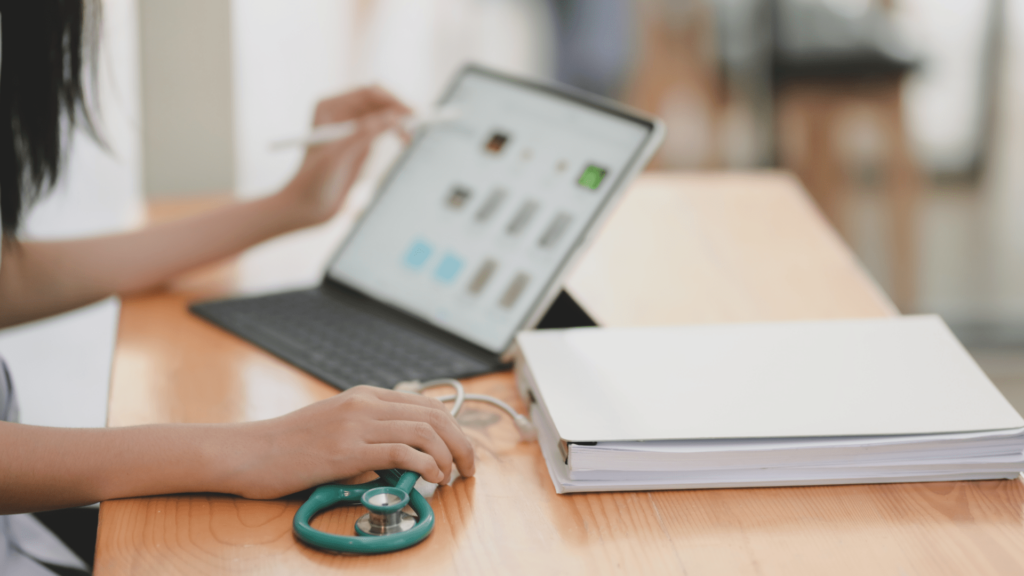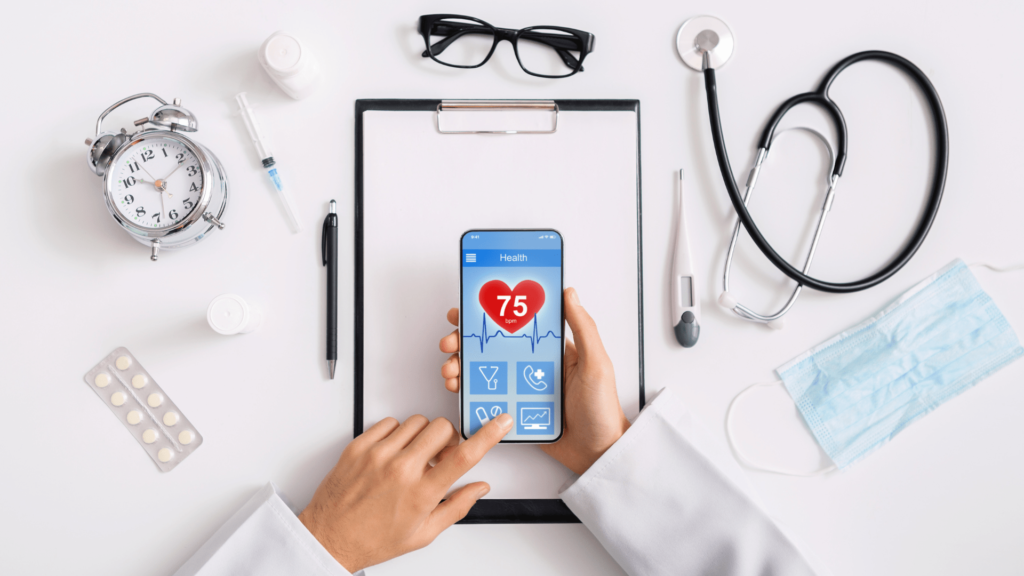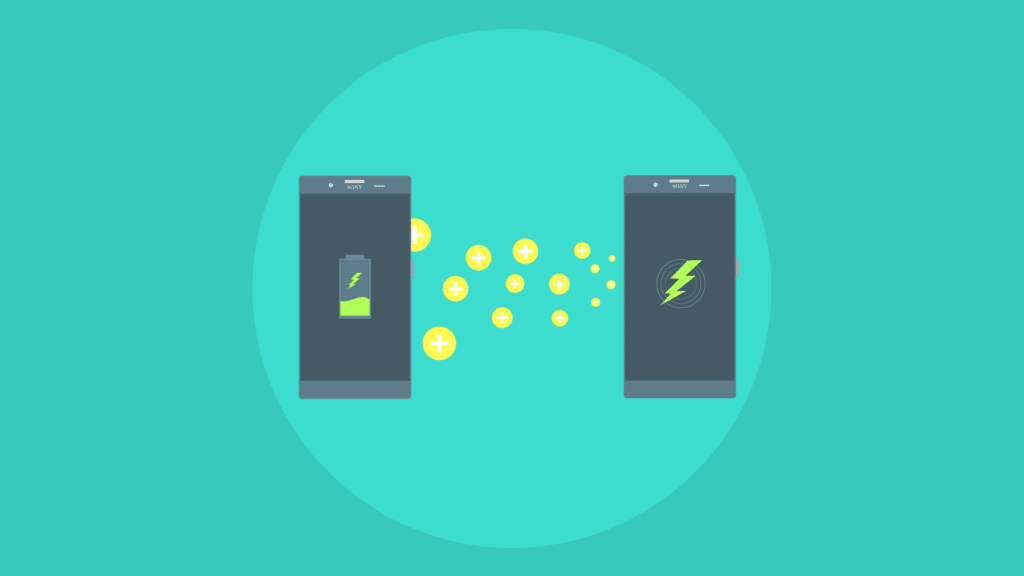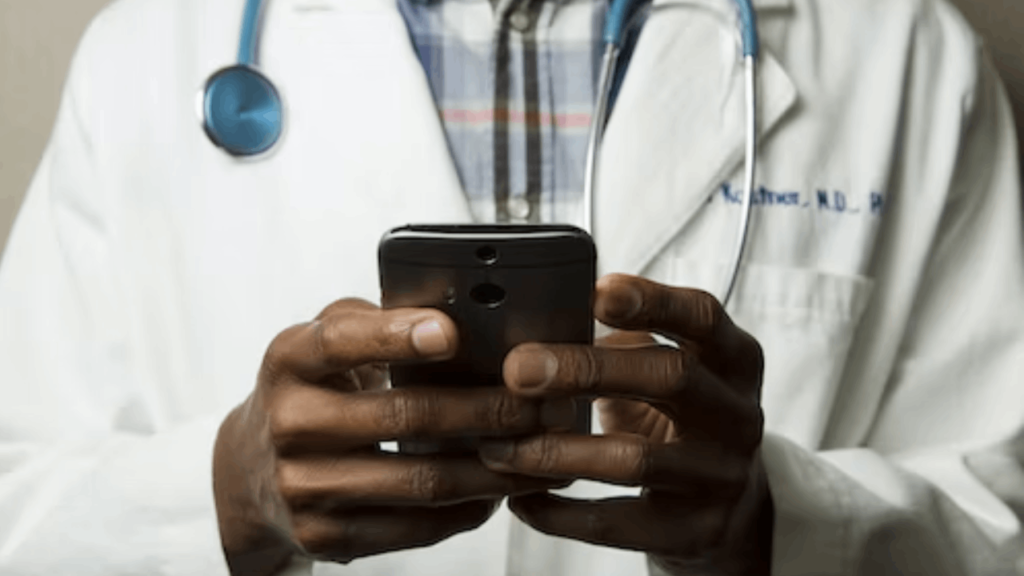In the world of healthcare, which is always changing, technology is really important for helping take care of patients better and making diagnoses more accurate. One cool tool that’s making a big difference is the Bluetooth stethoscope. It’s a big deal for doctors, people who love technology, and medical students too. This new digital version of the old-school stethoscope makes things easier and works better, leading us into a new time of listening to the heart and lungs.
Key Takeaways
- Enhanced Audio Clarity: Bluetooth stethoscopes provide superior audio clarity, capturing even the faintest heart and lung sounds for more accurate diagnoses.
- Device Integration: These stethoscopes easily integrate with smartphones, tablets, and computers for quick sharing and analysis of findings, enhancing collaboration and decision-making.
- Educational Value: Offers significant benefits for medical students and educators by allowing the recording and playback of sounds, aiding in identifying various conditions, and enriching learning experiences.
Understanding Bluetooth Stethoscope Technology

A Bluetooth stethoscope is like a super cool gadget that doctors use. It listens to sounds from your body, like your heartbeat or how you breathe, and sends these sounds without wires to a computer or another gadget. This means doctors can listen to your heart or lungs in real-time, save these sounds to check later, and even share them with other doctors far away, all to make sure you get the best care no matter where you are. So, why is this gadget so important for doctors to have?
Bluetooth Stethoscope Benefits
- Enhanced Audio Clarity: Digital stethoscopes offer superior sound quality compared to their analog counterparts, allowing for clearer distinction of bodily sounds and potentially more accurate diagnoses.
- Noise Cancellation: Most Bluetooth stethoscopes come equipped with noise-cancellation features, making it easier to use in noisy environments, a common challenge in emergency rooms and clinics.
- Recording and Sharing Capabilities: The ability to record auscultations opens up avenues for better patient records, educational purposes, and consultations with distant specialists.
- Ease of Use: Wireless stethoscopes eliminate the hassle of cords, making them more convenient and flexible for healthcare practitioners during examinations.
Is It Really Worth Using Bluetooth Stethoscopes?

The Bluetooth stethoscope is a cool tool doctors are thinking about using more of. It’s not just about how much it costs, but if it’s really helpful day-to-day. This stethoscope lets doctors hear heartbeats super clearly, cuts out noise, and can even share these sounds easily with others. That sounds like a big step up, right?
But some people are worried. They think doctors might rely on it too much, or it might be hard to learn how to use it. Also, it costs more money at the start than the usual stethoscopes.
Yet, if it means doctors can figure out what’s wrong with patients better, take good care of them, and even talk to expert doctors far away, it might be worth it. For doctors who really like using new gadgets to help them do their job or those who work in places where it’s tough to figure out illnesses, buying a Bluetooth stethoscope could be a smart move. It’s like grabbing a ticket to the future of checking heartbeats and more.
You may like: Bluetooth Vibration Technology: A Game-Changer For Tech
Current Users of Bluetooth Stethoscope Technology

The utilization of Bluetooth stethoscope technology spans various sectors within the healthcare industry, indicating its broad applicability and acceptance. Primary users include:
- Hospital Settings: Physicians and nurses in hospitals are leveraging digital stethoscopes for routine check-ups and in special departments such as Cardiology and Pulmonology, where precise auscultation is critical.
- Medical Education: Medical schools and training hospitals are integrating digital stethoscope technology into their curricula. This tool aids in teaching future healthcare professionals about heart and lung sounds more effectively by using real-time sound transmission and recording capabilities for educational purposes.
- Research Institutions: Researchers focusing on cardiovascular and respiratory health studies are using digital stethoscopes for their ability to record and analyze sounds accurately, aiding in the advancement of medical research.
These diverse applications not only underscore the versatility of Bluetooth stethoscope technology but also highlight its growing importance in enhancing the quality of care across different settings.
Future of Bluetooth Stethoscope Technology

The horizon for Bluetooth stethoscope technology is resplendent with potential advancements and broader applications. As digital healthcare progresses, we anticipate a greater integration of AI and machine learning algorithms with Bluetooth stethoscopes.
These technologies aim to provide real-time diagnostic assistance, enabling the identification of heart and lung abnormalities with higher precision. Furthermore, advancements in battery life and miniaturization could lead to even more portable and durable devices, making them indispensable tools for healthcare professionals.
In addition to technological improvements, we may see an expansion in the adoption of Bluetooth stethoscopes beyond traditional healthcare settings. For instance, in remote or underserved areas, this technology can be a cornerstone for telehealth services, allowing healthcare providers to offer expert consultation and diagnostics without geographic constraints.
Similarly, home healthcare services can benefit from the portability and functionality of Bluetooth stethoscopes, empowering patients with chronic conditions to receive high-quality care in the comfort of their homes.
Interoperability with other healthcare technologies is another promising area for growth. By seamlessly integrating with electronic health records (EHRs), wearable devices, and other diagnostic tools, Bluetooth stethoscopes can contribute to a more holistic view of patient health, facilitating better-informed treatment decisions and personalized care plans.
Ultimately, the future of Bluetooth stethoscope technology lies in its ability to bridge the gap between innovative healthcare solutions and practical, everyday medical practice. As this technology evolves, it will undoubtedly continue to transform the field of auscultation, enhancing the capabilities of healthcare professionals and improving patient outcomes worldwide.
Conclusion
The Bluetooth stethoscope stands as a testament to the incredible advances in medical technology, offering a blend of convenience, efficiency, and enhanced diagnostic capability. Its benefits extend across various facets of patient care, from improved diagnoses to facilitating remote consultations. For healthcare professionals, tech enthusiasts, and medical students, staying abreast of such developments is not just advantageous but essential.
The digital stethoscope represents not just a tool, but a gateway to the future of healthcare—a future where technology and human touch converge to provide the best possible care for patients worldwide. Whether you are a seasoned practitioner or a student just beginning your medical journey, the Bluetooth stethoscope is an invaluable addition to your medical arsenal, symbolizing a stride towards better healthcare for all.
Frequently Asked Questions (FAQs)
What does a Bluetooth stethoscope do?
A Bluetooth stethoscope functions like a traditional one but leverages digital technology for enhanced features. It captures heart and lung sounds with improved clarity through digital processing. These sounds can be wirelessly transmitted to devices, enabling healthcare providers to listen, record, and instantly share auscultation data. This proves invaluable for remote diagnosis, education, and updating electronic health records (EHRs). Some models come with software that helps analyze and interpret the sounds, providing essential diagnostic support.
How does a Bluetooth stethoscope work compared to a traditional stethoscope?
A Bluetooth stethoscope operates by capturing heart and lung sounds using an electronic transducer. These sounds are then converted into a digital signal, allowing for amplification, filtering, and transmission via Bluetooth to a smartphone, tablet, or computer. This contrasts with traditional stethoscopes, which transmit sound acoustically through the tubes to the user’s ears without the ability to amplify or filter the sound.
Is it difficult to integrate a Bluetooth stethoscope into daily medical practice?
Integration into daily practice is straightforward for most healthcare professionals. While there is a slight learning curve in familiarizing oneself with the device’s digital features, such as recording and sound transmission, the basic functionality remains similar to that of traditional stethoscopes. Most Bluetooth stethoscopes come with user-friendly apps that facilitate a seamless transition.




